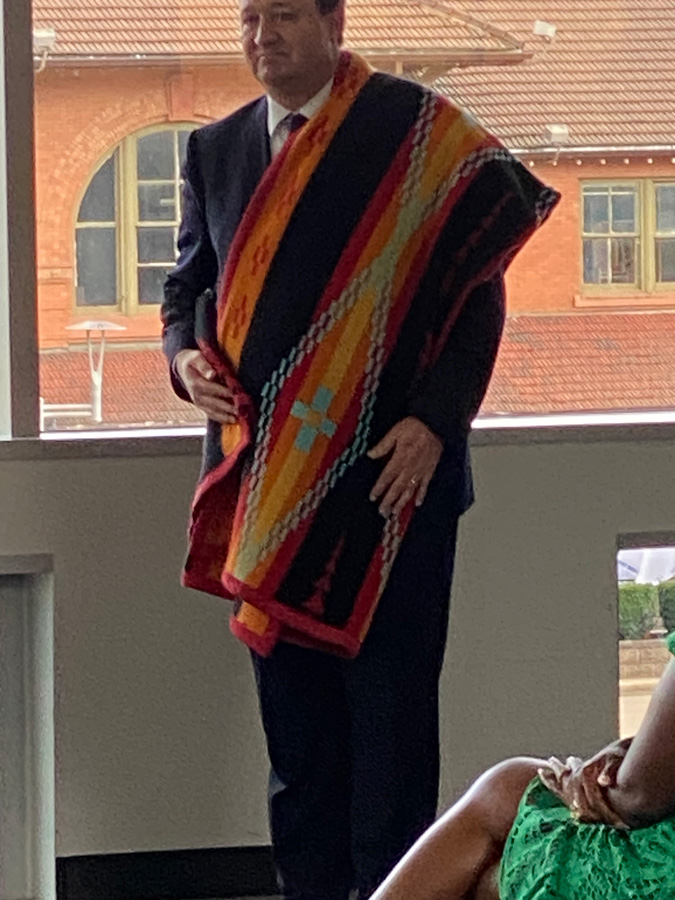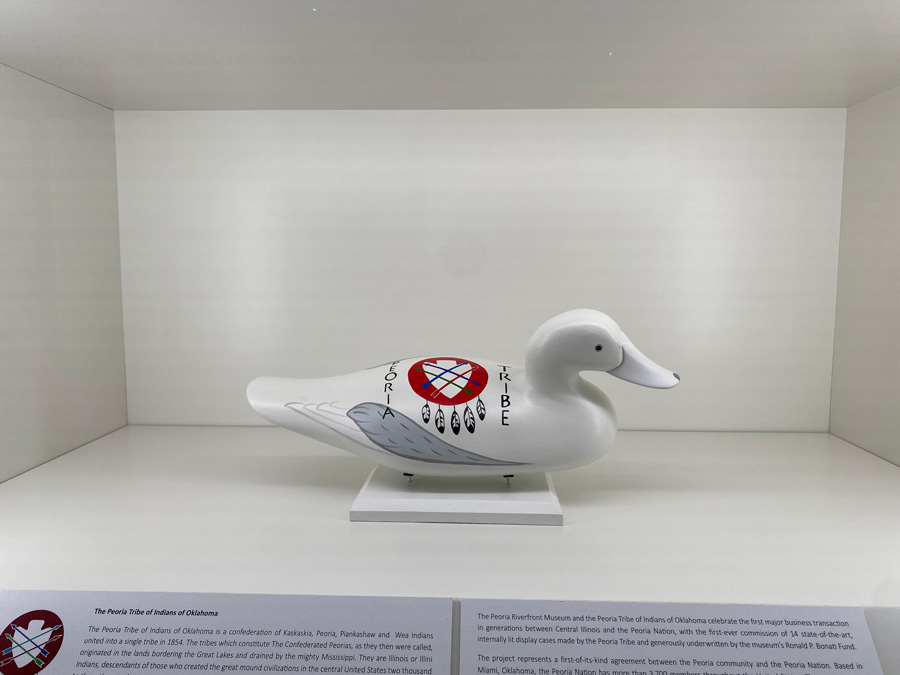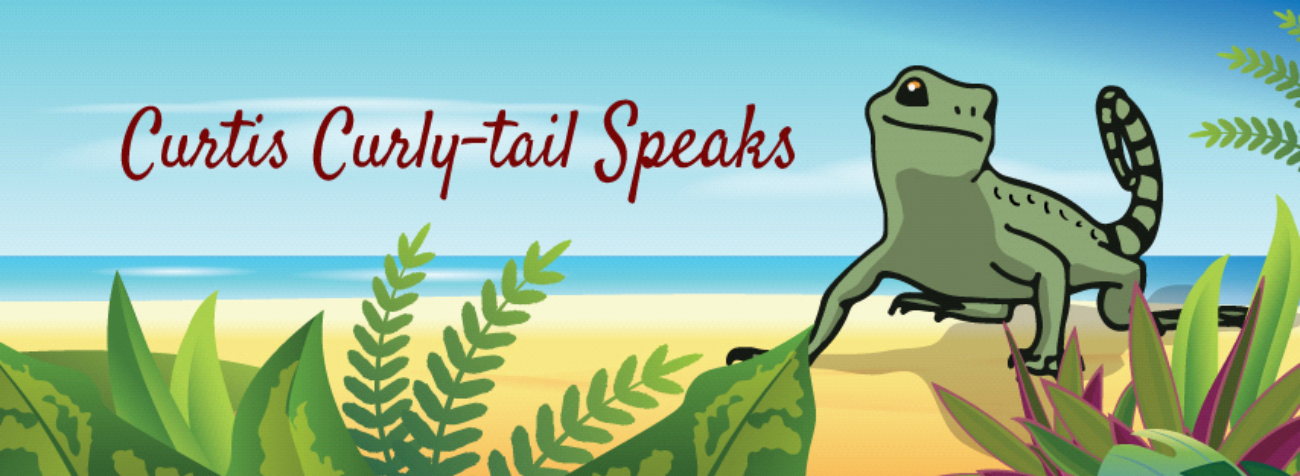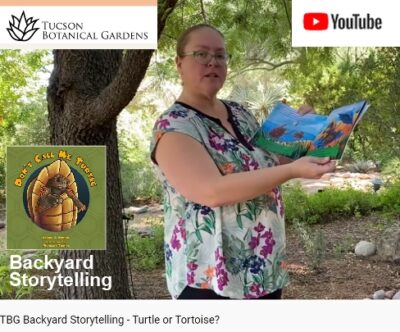Exploring the Legacy of the Peoria Tribe
I was born and raised along the Illinois River in Peoria, in central Illinois. I call it the real or original Peoria because the city in Arizona with the same name, was named by former residents of my hometown. Both cities are named after the Native American people who originally lived in the Illinois area.
The Origins of Peoria
When the French arrived, the people living in the area were descendants of the pre-Columbian Cahokia culture, who created the great mound civilizations in the central United States two thousand to three thousand years ago. The Peoria tribe was Algonquian-speaking, using a dialect of the Miami-Illinois language. Peoria comes from their name in their native language, peewaaliaataweenki: peewaareewa.
Last month, I had the opportunity to visit the Peoria Riverfront Museum (https://www.peoriariverfrontmuseum.org/). The museum was hosting a special event, and the current chief, Craig Harper, of the Peoria Tribe of Indians of Oklahoma, was the guest speaker. His presentation shed light on the ongoing efforts of various organizations, both governmental and public, to build a relationship with the tribe. This initiative aims to bridge the gap between the original and current inhabitants of the Peoria area.


Chief Harper and his presentation of traditional weaving to his museum host.
The common interests that brought the chief to collaborate with the museum were the decoys and duck hunting. Read about the decoys at https://www.peoriariverfrontmuseum.org/exhibits-collections/the-center-for-american-decoys

The tribe had built some beautifully crafted display cases for the museum’s renowned decoy collection. The cases were lovely and expertly crafted, in my opinion.

Exploring Future Connections
The modern-day Peoria Tribe is a confederation of Kaskaskia, Peoria, Piankashaw, and Wea Indians, united into a single tribe in 1854. Their history is marked by numerous travesties and injustices, including forced relocations and loss of land and culture, inflicted upon Native Americans. Despite these challenges, the tribe’s resilience is evident in their headquarters, now located in Miami, OK. You can read more about their history at https://peoriatribe.com/history/.
Of course, many book possibilities came into my mind: life as a Peoria Indian, then and now; Peoria traditional stories in both languages; the history of the move from Illinois to Kansas to Oklahoma. I was delighted to read that efforts are underway to revitalize the Peoria language. This initiative underscores the importance of preserving and revitalizing endangered languages.
Perhaps after I finish my current book projects, I’ll reach out to Chief Harper. Peoria and its residents definitely stimulate my creativity.
Explore my collection of bilingual children’s books celebrating indigenous cultures like the Peoria. Visit elaineapowers.com to discover captivating stories that educate and inspire children of all ages.
To learn about our latest science-based children’s books and workbooks, to read our latest blog posts about reptiles, birds, cats, and gardening, in a variety of locations, and about how the books come to be, what inspires an author to write, and many more interesting aspects of the publishing business, fill in the box below and we will add you to our email list.
Thank you!



